 A bumpy ride to clarity
A bumpy ride to clarity
Jonny’s latest column – read about disability in the UK and how well the media covers disability issues with a “Disability Issues reporter” on prime time TV.
Okay, I am back after month’s stint in Pomgolia and a medley of Mediterranean countries. I could easily entertain you with anecdotes of minor adventures; Heathrow custom officials having to hotwire my scooter by pulling wires with their teeth, being stranded on Brighton Pier with a scooter refusing to move, while hyperthermia set in, interactions with a Mancurian who gleefully introduced himself as “Barry the bastard” in a city pub in Manchester, turning several of my vertebrae into talcum powder by driving my scooter on cobbled roads; torturing my liver by trying to break even on the alcohol package we bought on the cruise ship. But all seems vaguely trivial and somewhat lush compared with trudging through the onset of July in the Southern Hemisphere.
When I got to the UK they were in full campaign and complain talk over the referendum as to whether to stay or exit the European Union. One couldn’t get away from it. It infiltrated every newspaper, radio bulletin or TV broadcast. It was all rather dull until on Primetime Current Events TV there was a lengthy critical analysis of the referendum in the context of disability rights that really spiked my attention. I have never seen any news coverage on disability issues like it before. Most unlike disability news reporting in NZ where the only themes seem to be fundraising for disabilities by riding around NZ on a tricycle or ‘haven’t they done well’, despite their disability or other sensational disability soft porn news items.
In contrast this UK reporting was:
- About a mainstream issue
- Presented by the news channel’s “Disability Issues reporter” who had a disability.
- Featured spokespeople from Disability organisations who all actually have a disability.
Some were pro staying in the European Union the lives of UK disabled people and their families have been improved through our membership of the EU. The EU helped shape the UN convention on the rights of persons with disabilities – a landmark treaty which is driving change right around the world. This treaty is the only UN human rights treaty which the EU has ratified. It also made immigration possible for disabled people who otherwise would be banned by immigration laws of other European countries (much the same as NZ).
Others were against staying in the EU stating that a no vote is very much in solidarity with Disabled people who have borne the brunt of austerity measures imposed on them by the EU in countries such as Portugal, Ireland, Greece and Spain.
It became quickly obvious to me that there was a well-structured, resilient, mature disability rights movement that has being around for a long time in United Kingdom. It was tangibly evident as one travelled around in England’s larger cities.
Travel, by train for example was astonishingly easy. Not only would train crew appear with a ramp to get you onto the train and not raise an eyebrow when I did a Austin Powers type 50 point turn in the middle of the carriage way but helped with getting luggage (which after several weeks of my wife shopping looked like we had packed Stonehenge into our luggage) to the taxi rank. The accessibility of the infrastructure and hotels was of high and consistent nature. The only accommodation snafoo was when we booked Air B & B. Although we stayed in some pretty funky digs including a converted mill in Manchester and a converted ice-cream factory in York, I did have to scrabble up and down several flights of stairs to access them.
Another indicator of the prevalence of disabled rights and the background work that brought these rights into fruition was the volume of visibly disabled people one saw out and about in their cities. Liverpool One for example was a massive “shared pedestrian space” the size of the interior of our Hatea Loop which easily enabled had a large range of disabled people to get about their business independently.
This is a vast contrast with other countries such as Rome. Don’t get me wrong I loved Rome but from an accessibility point of view it is not for the faint hearted. From cobblestones to non-existent of curb ramps that forced you to join the frenzied bedlam of motorbike scooters on the road, it was hard yacker. The prevalence of visibly disabled people in Rome was almost non-existent.
I am convinced that the quality of life for disabled people hinges on the political engagement by disabled people who ensure their rights are enshrined in legislation and that from country to country this level of engagement is what sets the benchmark. Usually when I go back to work after a long stint it takes me a while to work out ‘what it is that I do again?’ but after reflecting on such differences between the countries I have visited, I return with clarity and vigour.
Downloadable pdf below:
| Available Downloads | Type | Size |
|---|---|---|
| A bumpy ride to clarity | 364 KB |
